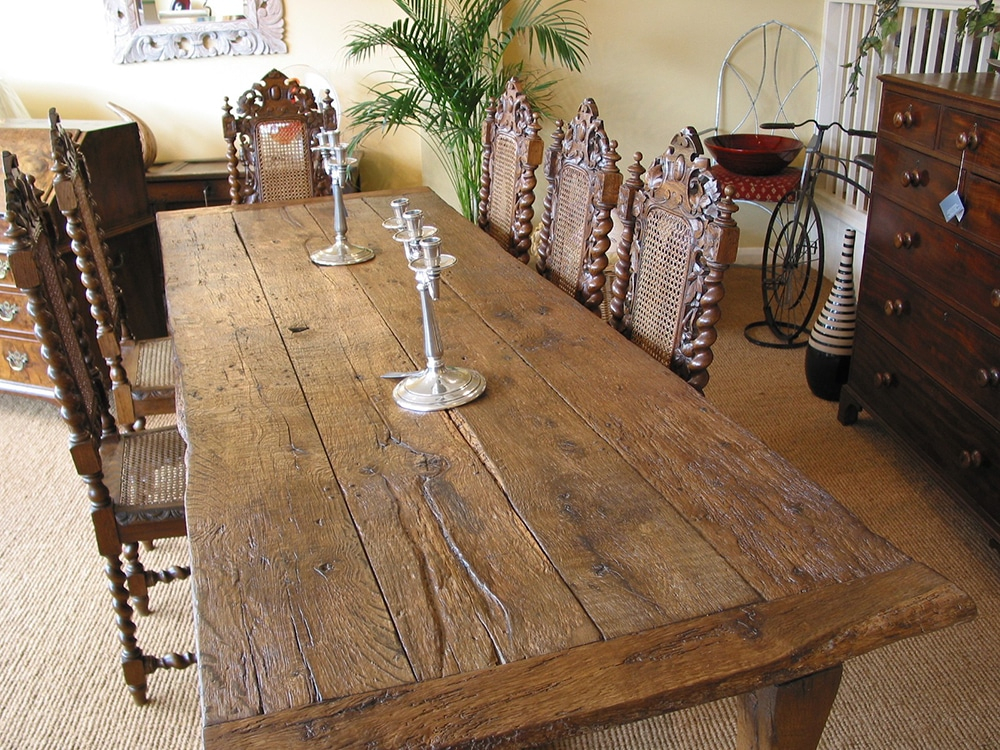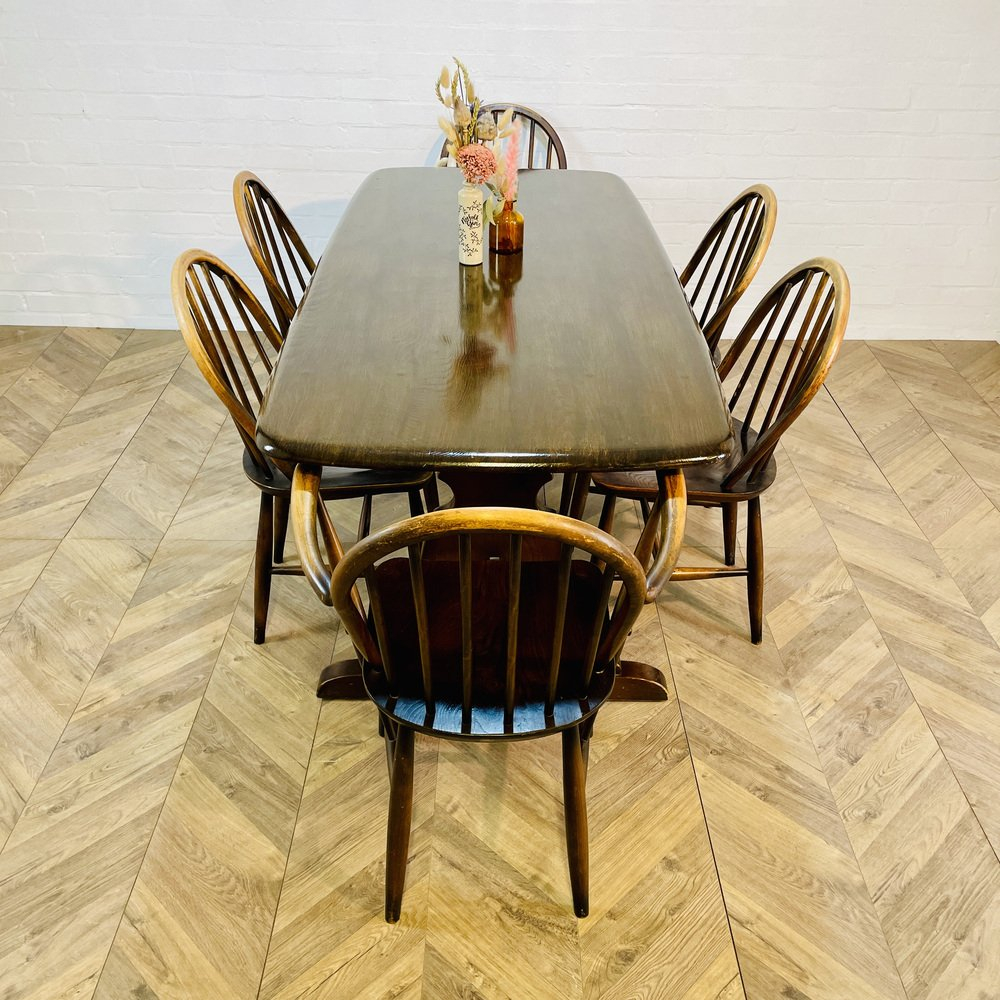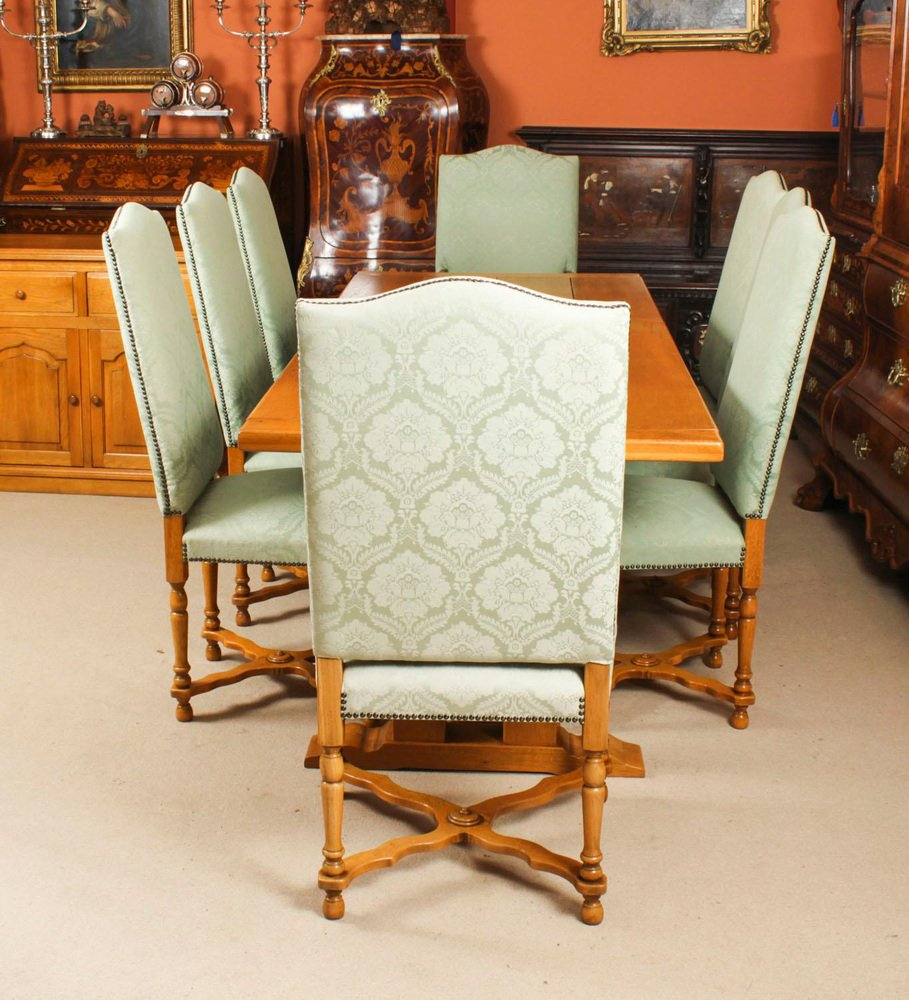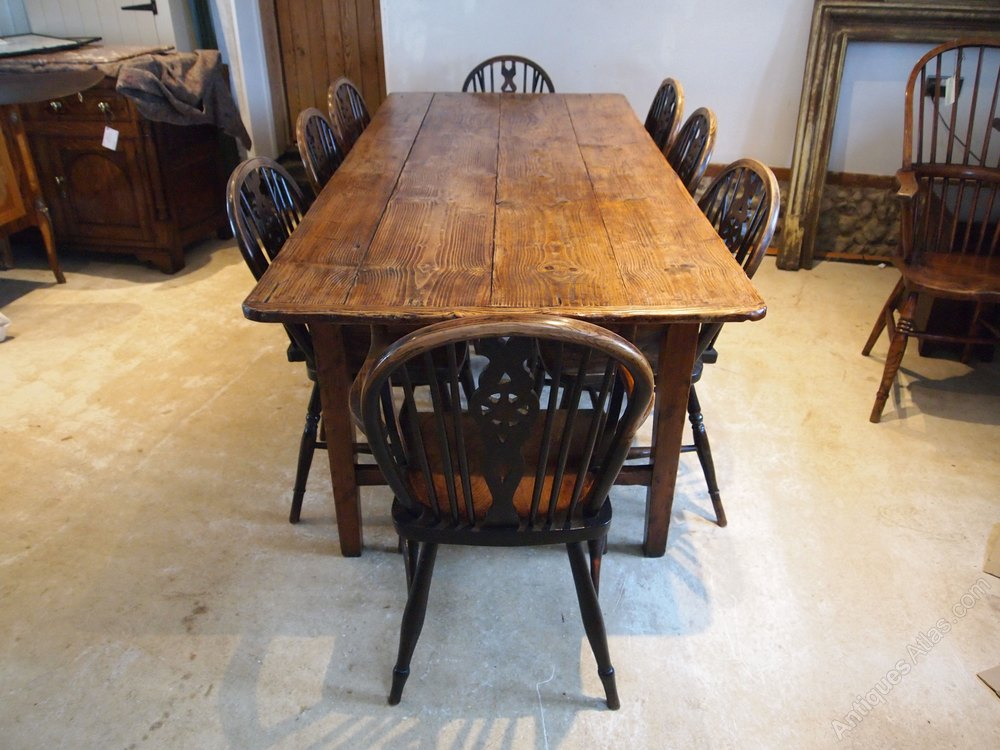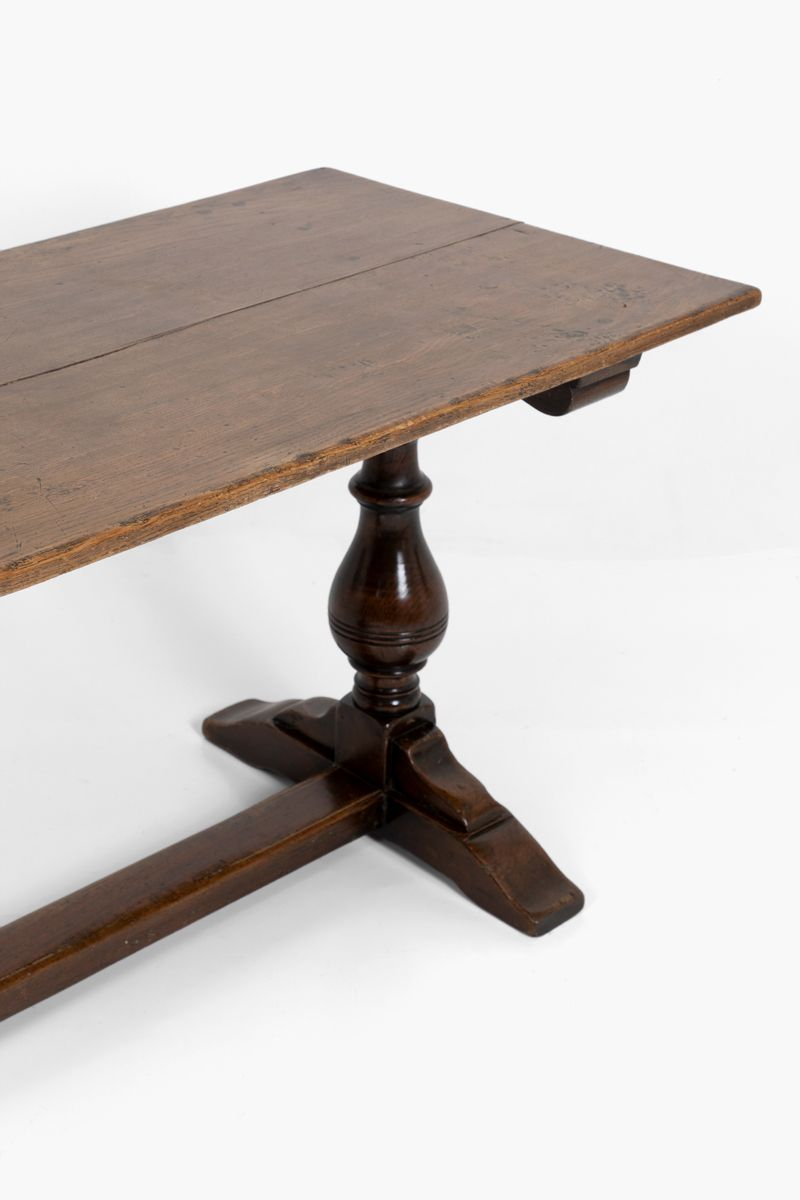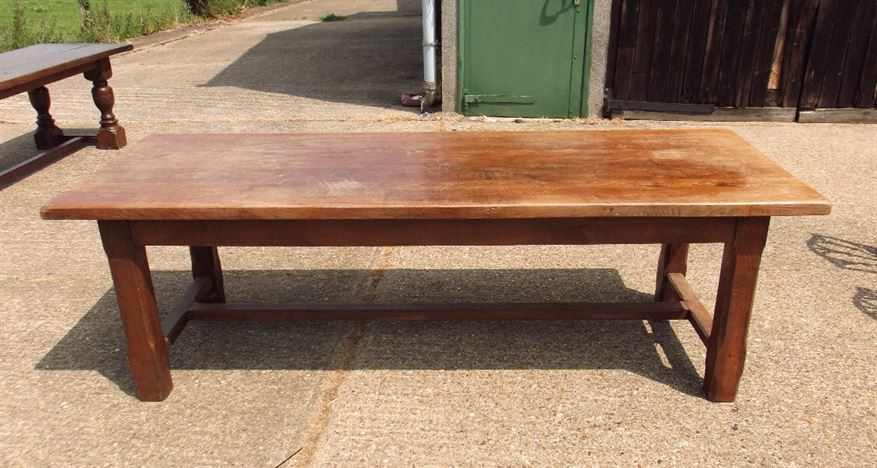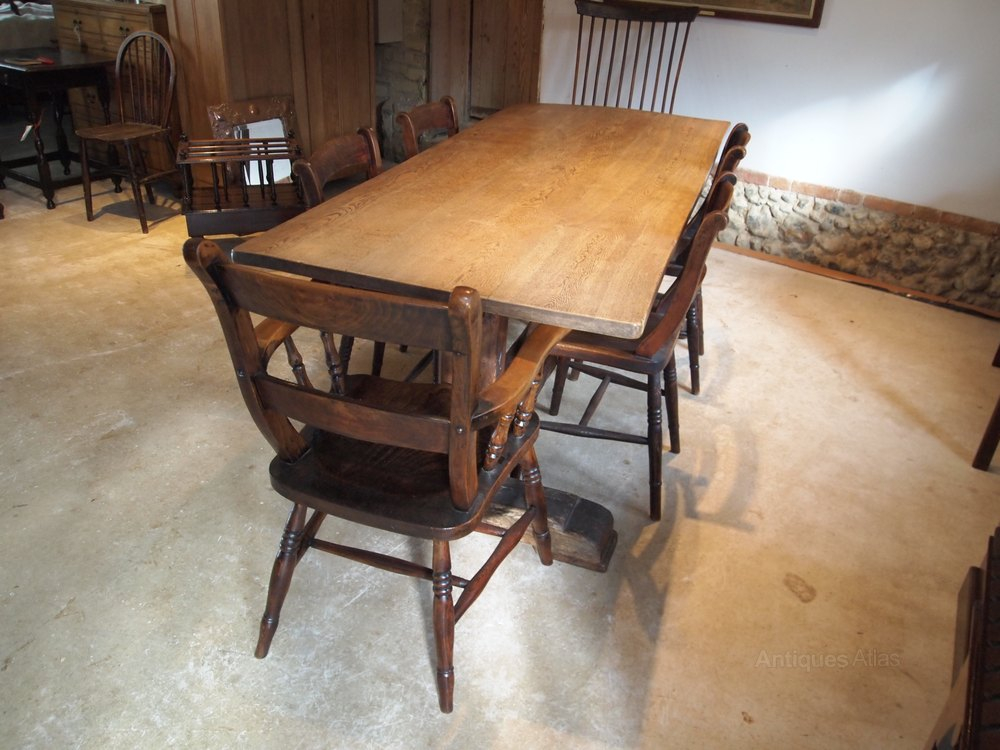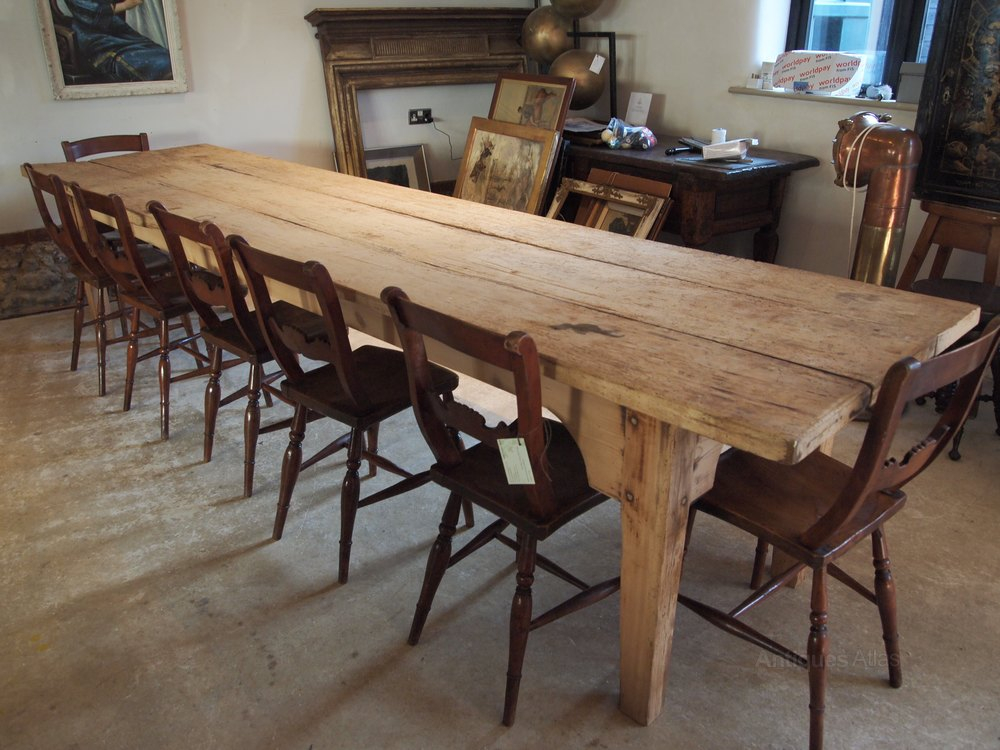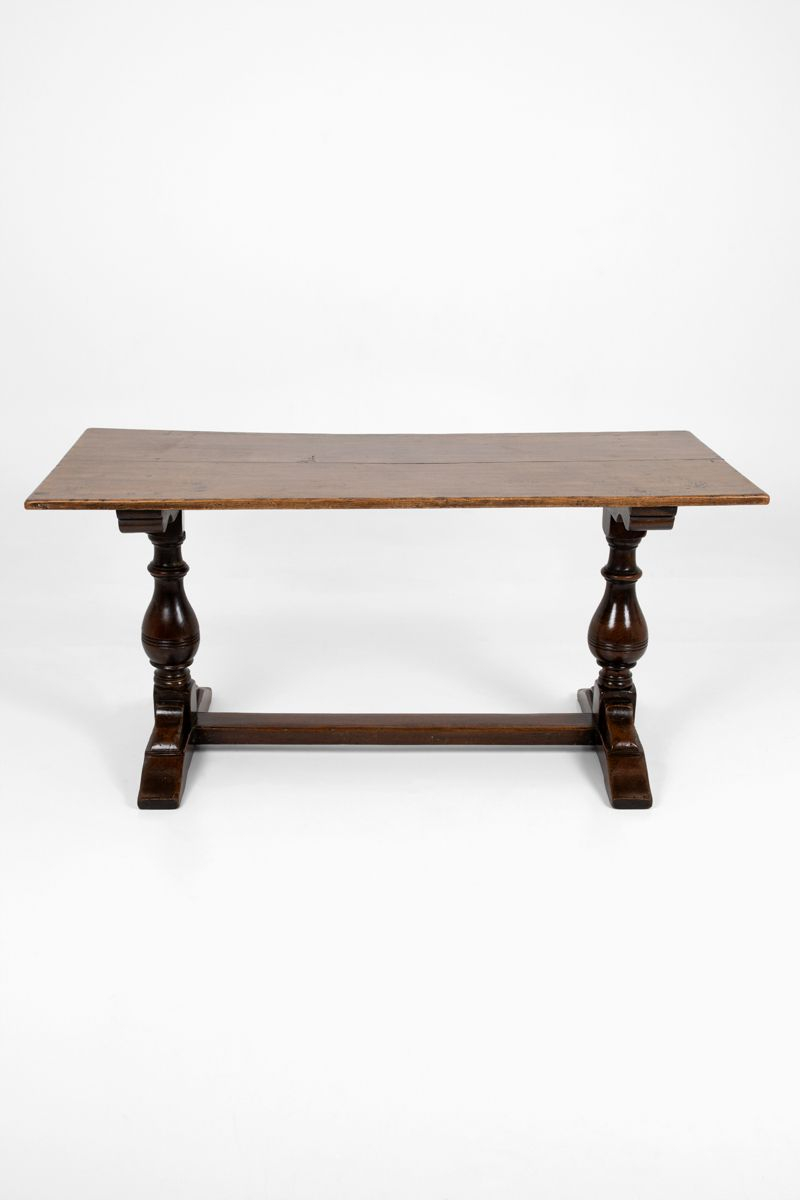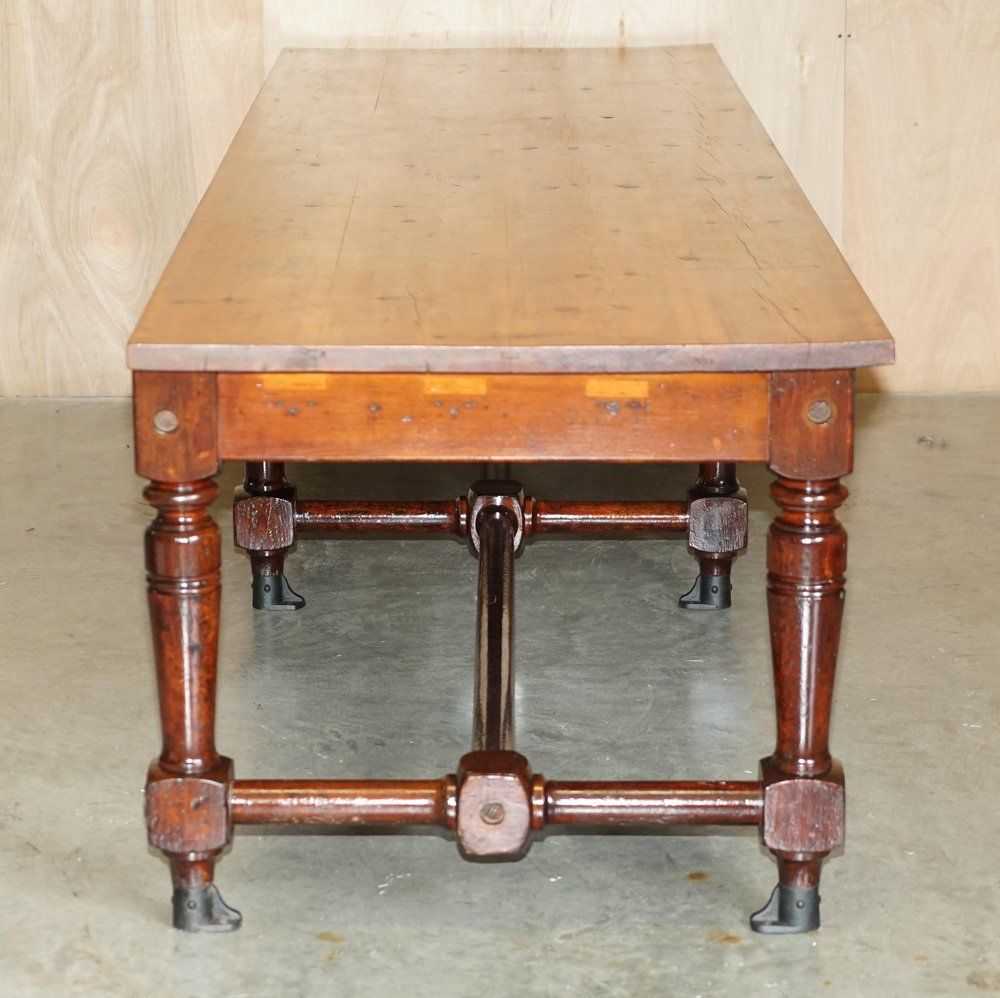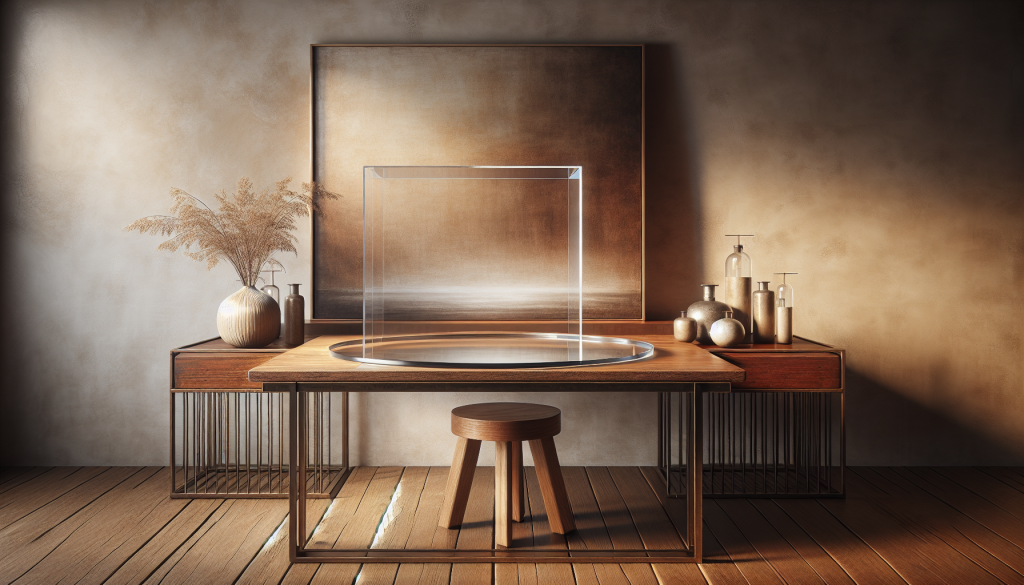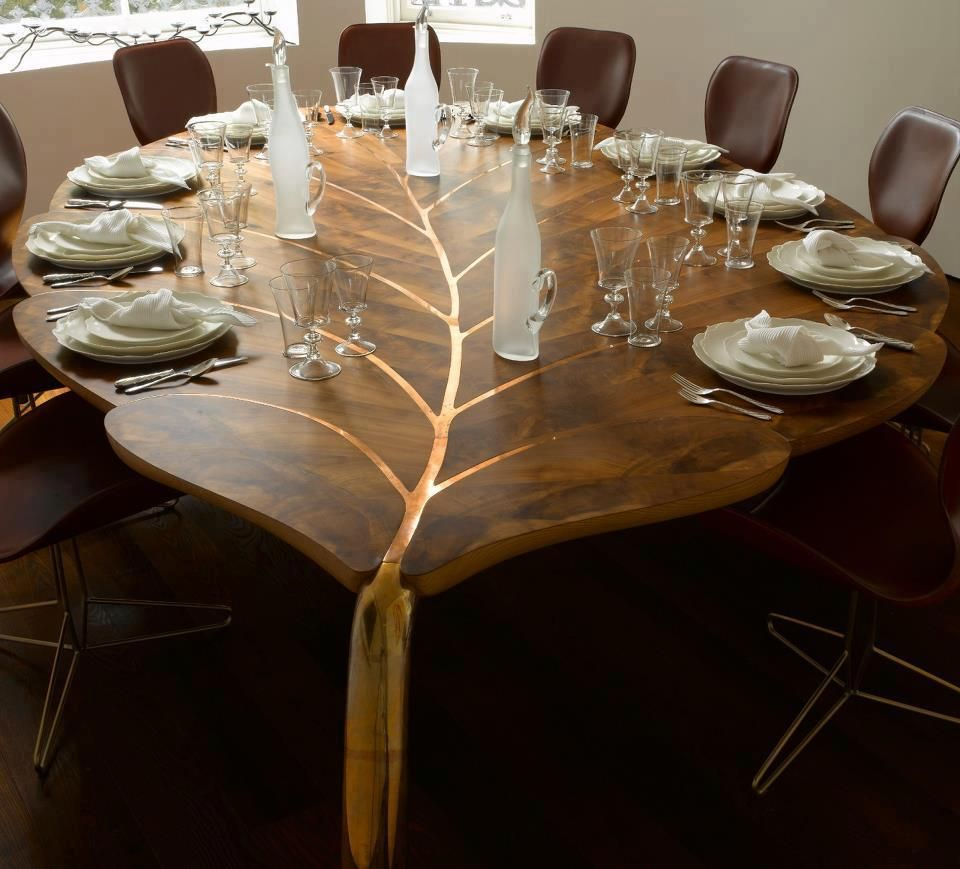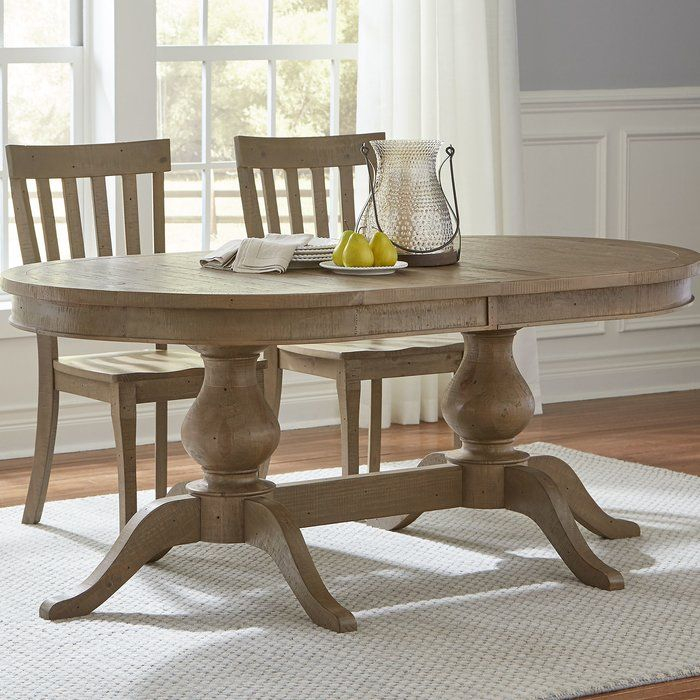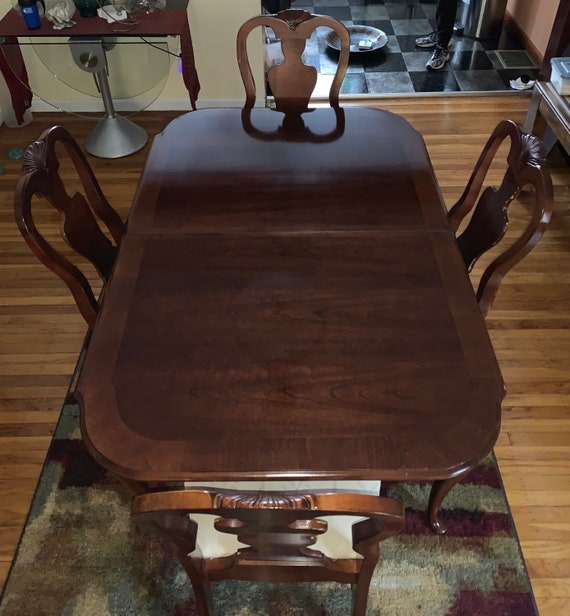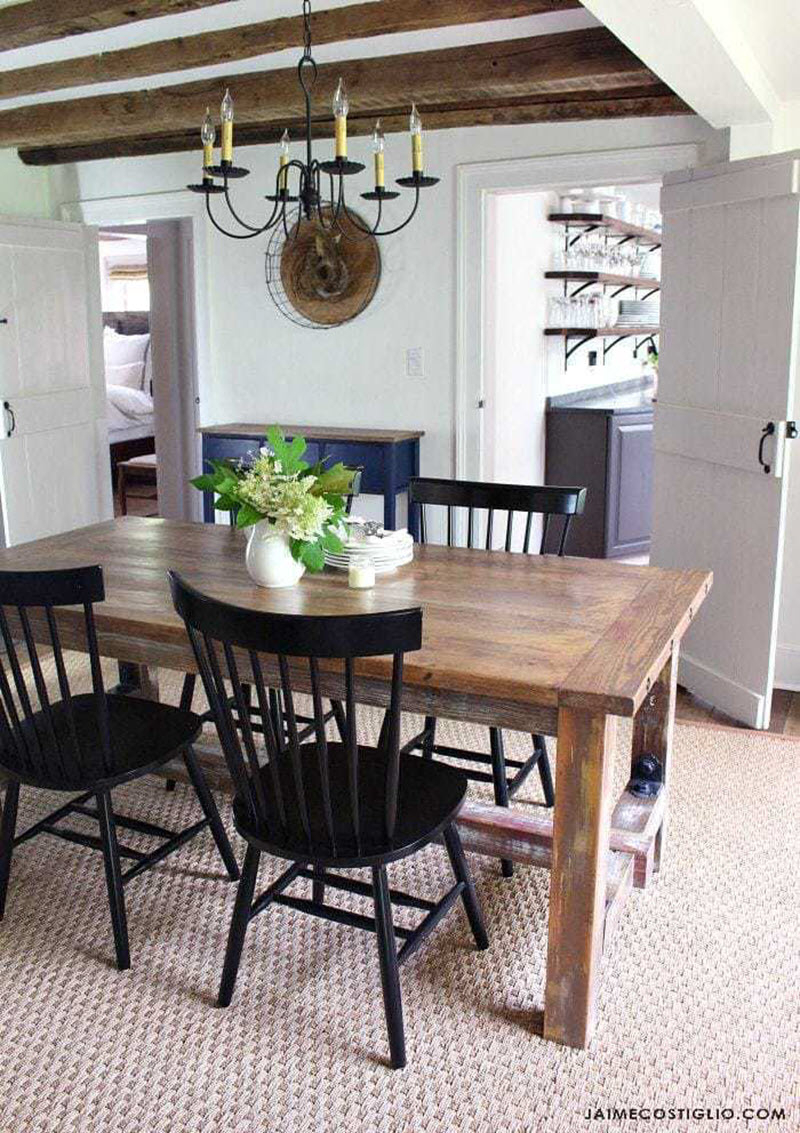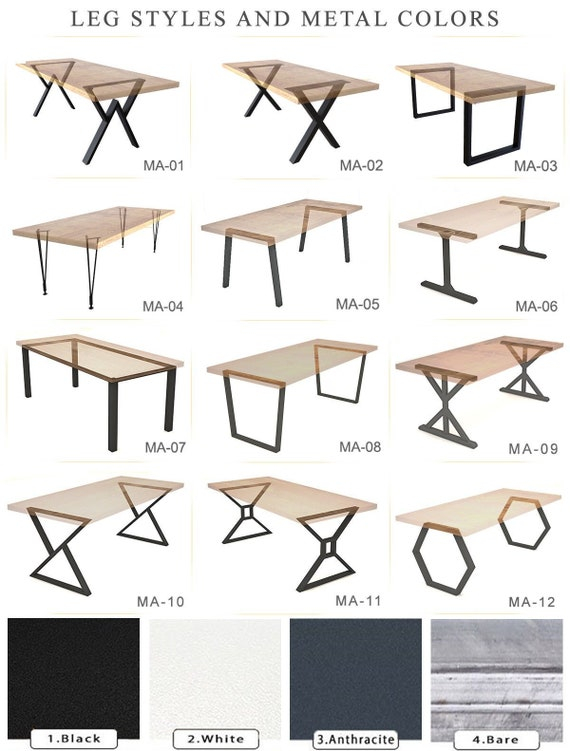Refectory tables, with their grand presence and communal spirit, are more than just furniture; they’re the heart of a dining room, a gathering place for stories, meals, and memories. But like any treasured item, they require a special kind of attention to keep them looking their best and functioning for years to come. We’re going to delve deep into what truly makes a refectory table happy and healthy, moving past the simple buff and shine to understand its deeper needs.
There’s something undeniably captivating about a refectory table. Its long, imposing form evokes images of historical banquets and shared meals, creating an atmosphere of warmth and connection. These pieces are often crafted from robust woods, built to last through generations, and their very nature suggests a life lived fully. Yet, owning such a substantial piece means understanding its unique requirements. It’s not just about keeping the wood gleaming; it’s about preserving its character, ensuring its stability, and protecting it from the everyday wear and tear that life inevitably throws its way. So, what are the real secrets to keeping your refectory table in top shape, far beyond a simple polish?
Know Your Material: The Foundation of Care
The first and perhaps most crucial step in caring for your refectory table is understanding what it’s made of. Most refectory tables are crafted from solid wood, but the type of wood makes a significant difference. Oak, for instance, is incredibly durable and has a beautiful, often pronounced grain. Walnut offers a darker, richer hue and a smoother texture. Pine, while lovely, can be softer and more prone to dents. Beyond the wood itself, consider the finish. Is it a natural oil, a protective lacquer, or a wax? Each requires a different approach. A quick wipe with the wrong cleaner can strip away a delicate finish or leave a hazy residue. So, take a moment to identify your table’s wood and its finish. A quick search online or a peek at the manufacturer’s label can often provide this vital information. It’s the bedrock upon which all other care practices are built.
Daily Habits for a Healthier Table
Maintaining your refectory table isn’t a once-in-a-while chore; it’s about incorporating small, consistent habits into your routine. The most important? Immediate spill cleanup. Wood and liquids are not natural allies. Even water can cause damage over time, leading to water rings or warping. So, whenever something spills, grab a soft, absorbent cloth and dab it up right away. Don’t rub, as this can spread the liquid. For everyday dust and grime, a soft microfiber cloth is your best friend. Avoid harsh chemical cleaners or abrasive pads, which can scratch the surface or dull the finish. Think of it as a gentle daily spa treatment for your table. These small actions prevent bigger problems down the line, keeping your table looking fresh and inviting.
Deep Cleaning and Refinishing: When to Get Serious
While daily care is essential, your refectory table will, over time, benefit from a more thorough cleaning and occasional rejuvenation. For deep cleaning, a wood-specific cleaner designed for your table’s finish is ideal. Always test it in an inconspicuous spot first. Apply the cleaner to your cloth, not directly to the table, and wipe with the grain. For minor scratches or dull spots, a good quality furniture wax or polish can work wonders, restoring sheen and offering a layer of protection. If your table has significant scratches, water rings, or a worn-out finish, it might be time for a more involved refinishing. This could involve sanding down the old finish and reapplying a new one. This is a more involved process, and for valuable or antique pieces, consulting a professional furniture restorer is a wise choice. They have the expertise to bring your table back to its former glory without causing damage.
Protecting Your Investment: Preventing Damage
Prevention is truly the best medicine when it comes to preserving your refectory table. Think about what causes the most common damage. Heat is a big one. Hot dishes directly from the oven or stove can scorch the wood, even through a finish. Always use placemats, trivets, or heat-resistant pads. Similarly, moisture from condensation on glasses or vases can leave rings. Coasters are your allies here. Direct sunlight is another enemy, as prolonged exposure can fade and dry out the wood. If your table is near a window, consider using blinds or curtains to shield it during the harshest parts of the day. And, of course, be mindful of sharp objects. Knives dropped accidentally or abrasive items dragged across the surface can cause irreparable scratches. A little awareness goes a long way in protecting your beautiful piece.
Dealing with Common Refectory Table Woes
Even with the best care, you might encounter some common issues. Water rings are probably the most frequent offender. For light rings, try rubbing the area with a soft cloth dampened with toothpaste (non-gel) or a mixture of baking soda and water. For darker or deeper rings, a furniture polish containing silicones or a specialized water ring remover might be necessary. Scratches can often be camouflaged with furniture repair crayons or touch-up markers that match your table’s wood tone. For wobbly legs or loose joints, tightening screws or using wood glue might be the solution, but exercise caution and perhaps seek guidance if you’re unsure. Understanding these common problems and having a plan of action can save your table from looking its age prematurely.
The Human Touch: More Than Just Wood
Ultimately, caring for your refectory table is about more than just the wood and finish. It’s about the life it holds. It’s about the warmth of shared meals, the laughter that echoes around it, and the quiet moments of reflection it witnesses. When you understand its material needs, practice good daily habits, and know when to step in for deeper care, you’re not just maintaining furniture; you’re nurturing a piece of your home’s history and a hub for future memories. It’s a commitment, yes, but one that pays dividends in beauty, durability, and the enduring sense of connection your refectory table brings to your life. So, go ahead, give it the attention it deserves – it’s worth every bit of it.
Your refectory table is a significant piece, both in presence and in the memories it helps create. By understanding its material, adopting consistent daily care, knowing when to perform deeper cleaning or refinishing, and taking preventative measures, you ensure its longevity and beauty. Don’t be afraid to tackle common issues with the right approach, and always remember the human element – the life and love that makes your table truly special. A well-cared-for refectory table isn’t just a piece of furniture; it’s a legacy, ready to host countless more moments for years to come.

